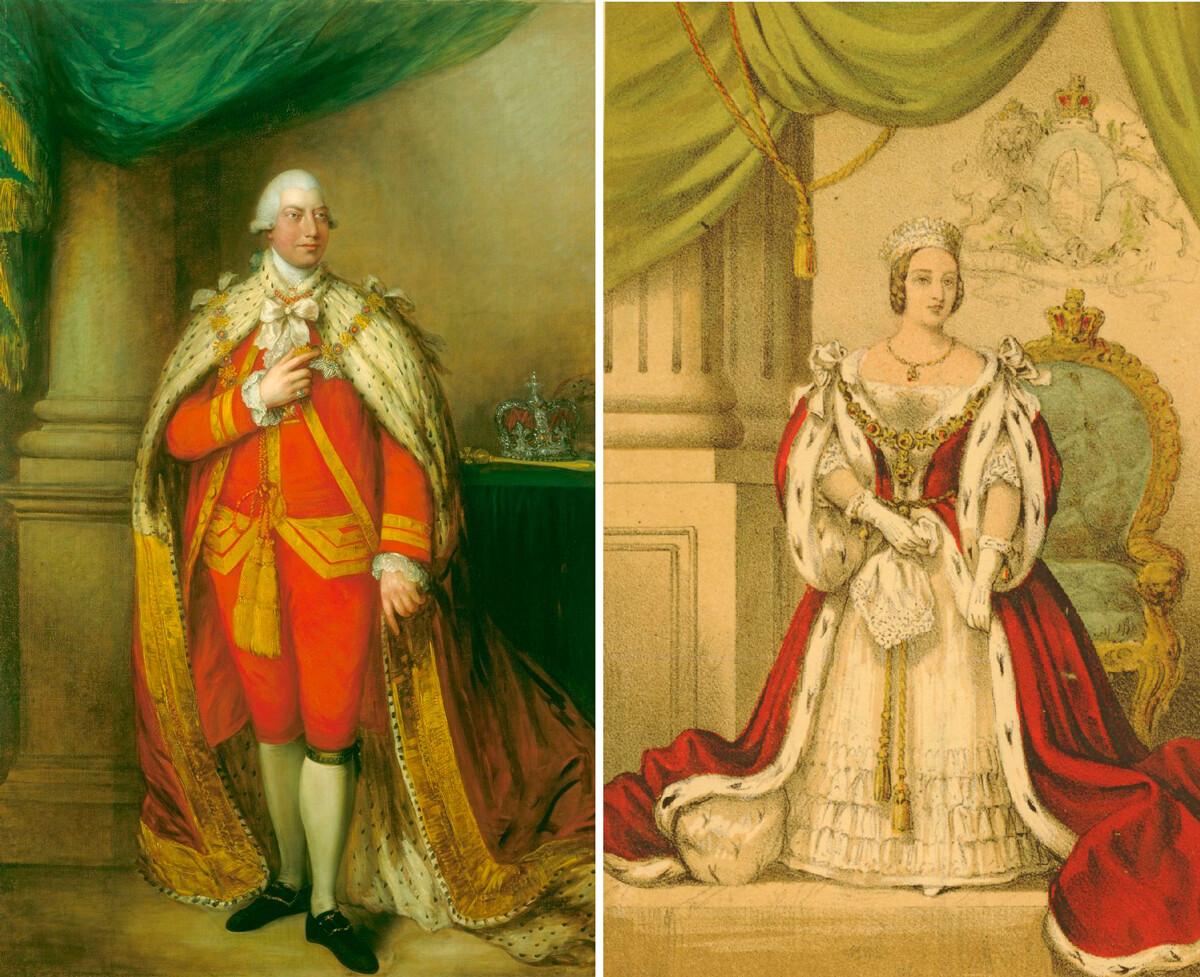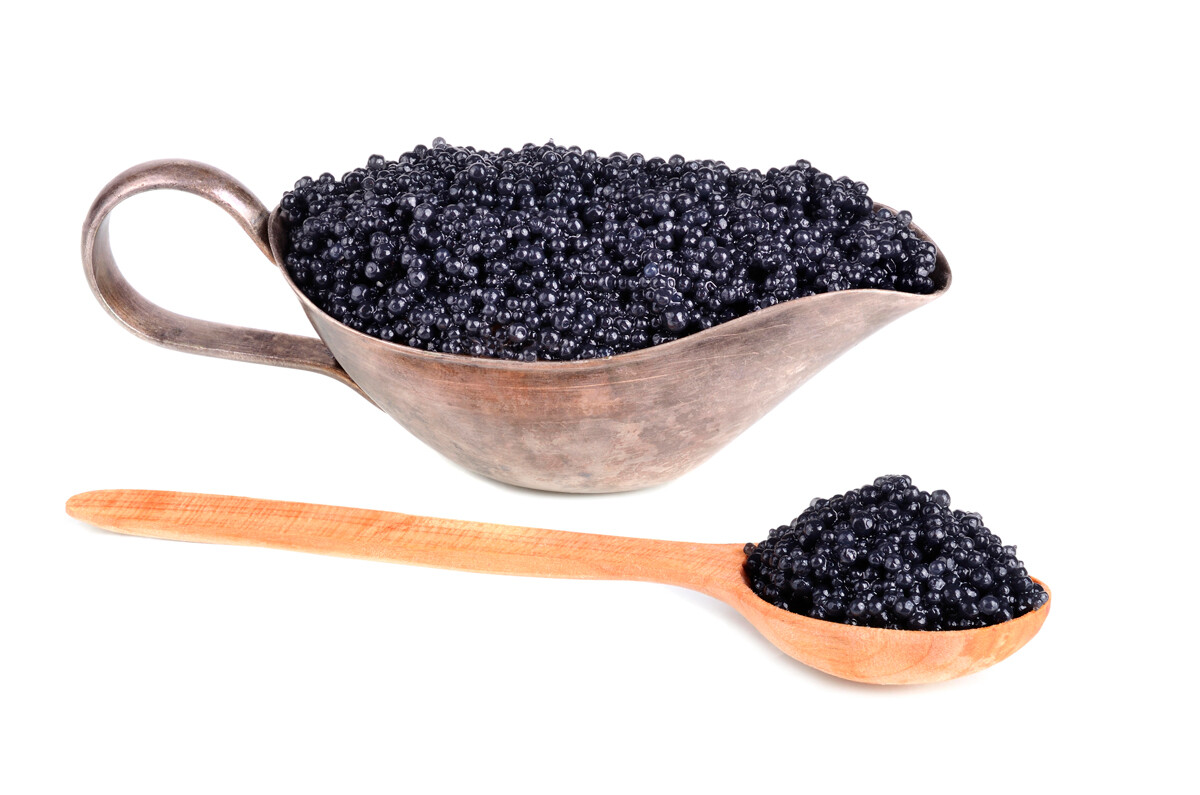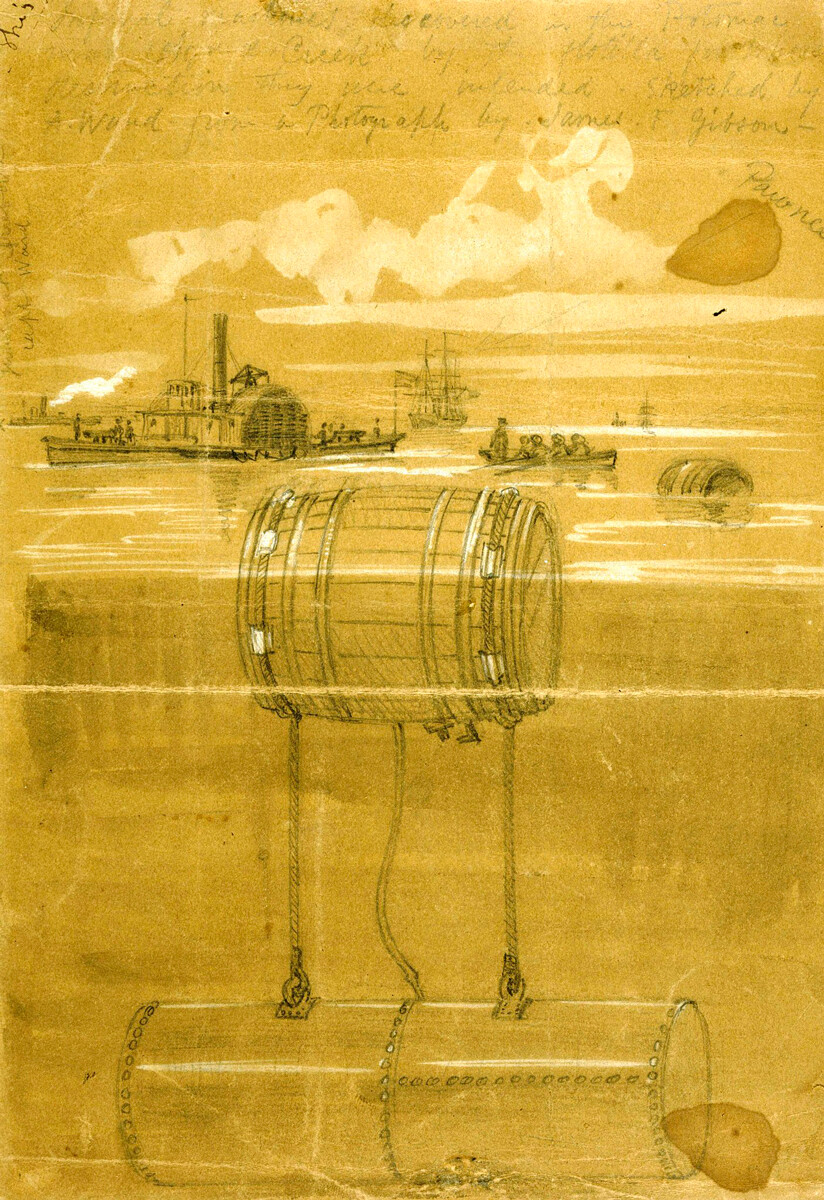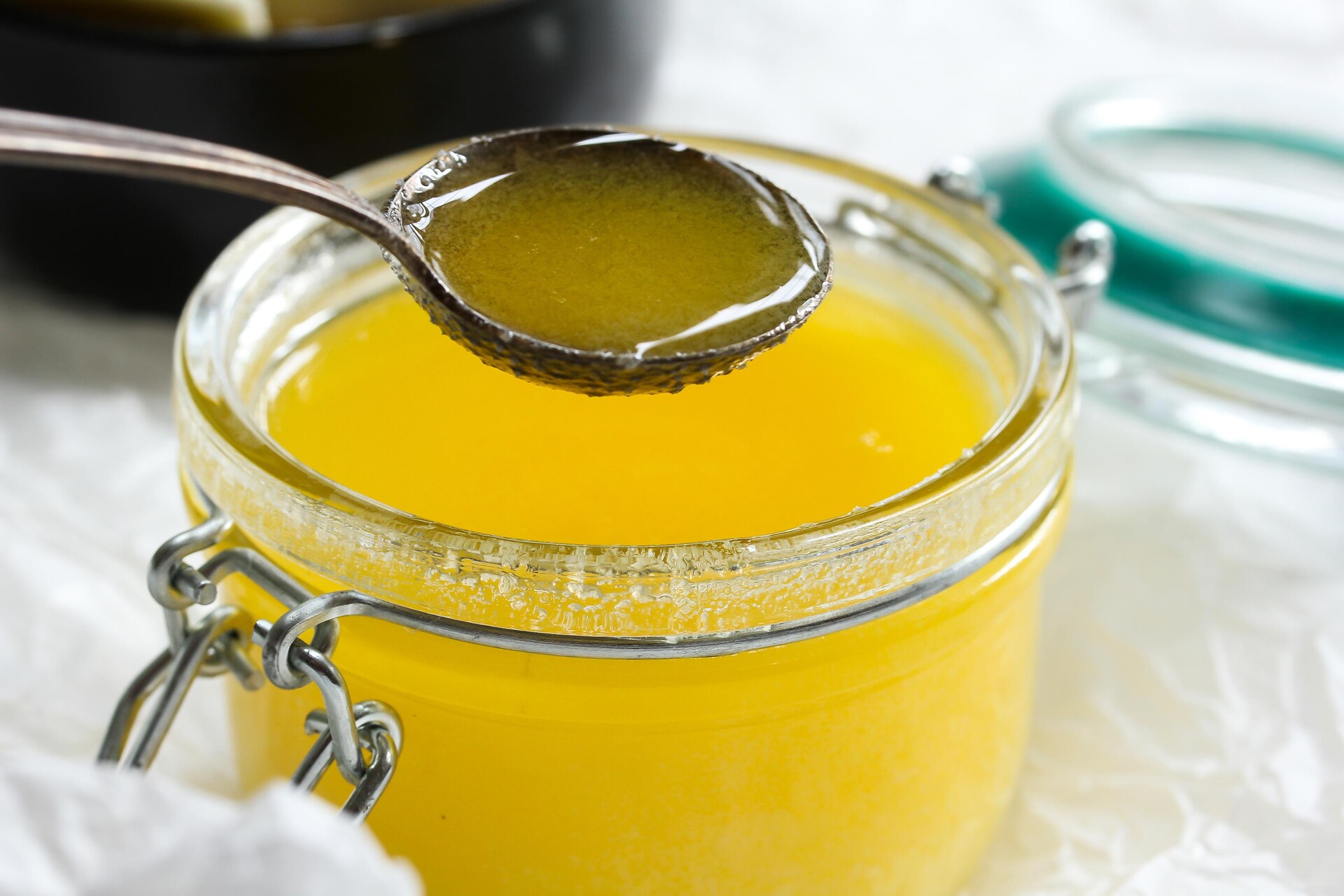What do sea mines and buttercream have in common? For Englishmen, they were both “brought” from Russia.
1. Furs

George III and Queen Victoria dressed in Russian furs
Public domain
When English merchants established contacts with the Moskian Tsardom in the 16th century, fur soon became the most important, expensive, and handsome commodity they would import from the Russian lands.
Not only could the English themselves hunt sables, squirrels, silver foxes and weasels in the Siberian forests – not even the Russians could do this properly. The animals had to be hunted carefully, so that their skins would be undamaged, and only the indigenous people of Siberia knew how to do this. Local Russian authorities would receive the animals’ pelts as tribute from the indigenous population and would then sell them to the English merchants.
In Britain, the expensive (and luxuriously warm!) Muscovy furs were dubbed “Russian gold”. “The fine furs whose use was restricted by lavish laws and which were largely a badge of office or rank, came largely from the Baltic or from Russia,” wrote British historian Edwin Rich.
2. Mica

A window of mica
Public domain
Another luxury item was mica from Russia, so associated with the Muscovite Tsardom that the mica itself became known as “Muscovite glass” or “Muscovite”. Mica is a mineral that consists of crystals that can be pulled apart into thin elastic sheets. Thus mica was used as a substitute for glass, popular in England in the 16th century and most, if not all, coming from Russia.
The British used muscovite to glaze house windows, carriage windows and street lighting, as the material tolerated the drop in temperature well and did not deform. The poet George Turberville, who visited Russia in 1568, admitted that “not even glass could give you a better light [than ‘muscovite’]”.
3. Caviar

Legion Media
Beluga sturgeon, which is considered to produce the best black caviar, is abundant in the Caspian Sea, where Iranian and Russian fishermen have hunted belugas long before caviar became known in Europe. During the Middle Ages it spread across Europe and in England, as well – as early as 1254, King Edward II decreed the sturgeon to be a royal fish, meaning that any sturgeon caught anywhere near or in Great Britain had to be delivered to the king’s table.
But not only the English royal court was fond of caviar; it was also exported from Russia to the Netherlands, Spain, France and elsewhere. During 1651-1653 alone, the port of Arkhangelsk, as the Swedish merchant Johan de Rodes wrote, sold over 320 tons of caviar.
4. Sea mines

“Infernal Machines” Discovered in Potomac Creek. Sketched by A. Waud from a photograph by James F. Gibson. These “infernal machines” are much the same as von Jacobi created them.
Library of Congress
The Crimean War (1853-1856) was devastating for Russia both militarily and diplomatically. But one of the episodes proved really brilliant for Russian army engineers. Moritz Hermann von Jacobi, a Prussian engineer in Russian service, was accredited with inventing galvanic mines. Anchored to the bottom of the sea, they were connected to the shore by a cable. The force of the explosion was about 14 kg (31 lb) of black powder.
In 1854, 60 Jacobi mines were laid near Forts Pavel and Alexander (Kronstadt), to deter the British Baltic Fleet from attacking them. When the British Baltic Fleet approached Kronstadt in July 1855, four ships were damaged by the mines (which the British called ‘infernal machines’), after which Vice-Admiral Charles John Napier ordered his fleet to withdraw and refused to attack Viborg and Sveaborg. The Russian Imperial Navy became the first navy in world military history to not use sea mines sporadically, but as part of a planned naval strategy. Russian naval mines remained the best in the world until the beginning of the 20th century. During World War I, the US Navy and the British Royal Navy successfully created the North Sea Mine Barrage which was intended to protect the British Isles from German boats and submarines.
5. Clarified butter (and Russian buttercream)

Legion Media
When visiting Russia for fur, mica or trade in hemp, English merchants became familiar with an unusual way of preparing butter. Clarified butter, which is milk fat separated from milk solids and water by melting milk cream, was a Russian method of preparing butter that became popular among the English aristocracy.
Even today there is a “Russian” butter in England – but it is “Russian buttercream”, which is made with only two ingredients – butter and sweetened condensed milkwhich in itself is a Russian phenomenon.
